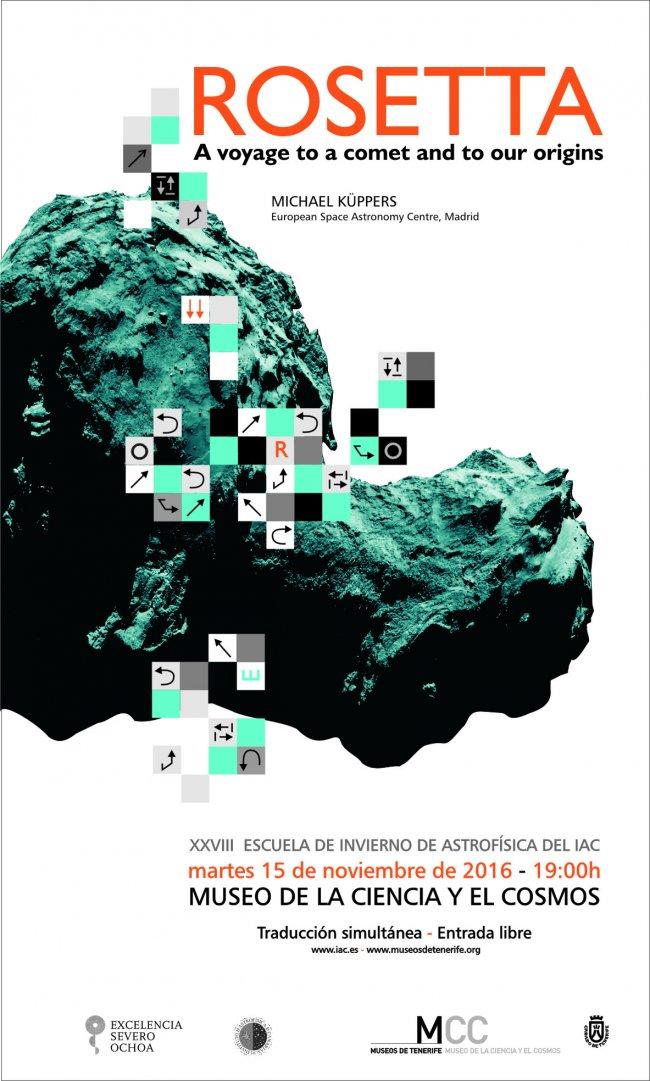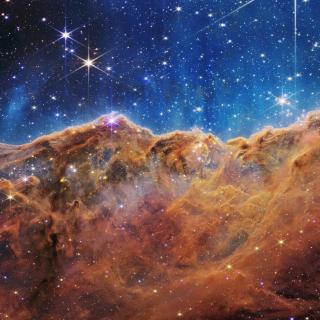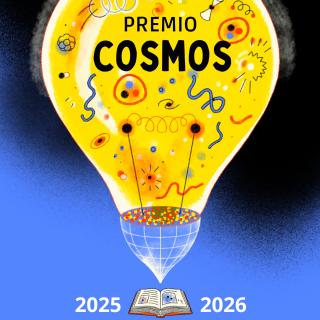The asteroids and comets are the bits left over from the formation of the planets. They can be considered as "bricks" which retain information about our origins. In particular, the comets, which spend most of their time in a cold environment far from the Sun, are objects which have suffered little change. The Rosetta Mission of the European Space Agency (ESA) is the first mission to explore, in detail, a comet: Churyumov-Gerasimenko ("Chury") by means of a space probe which orbited the comet, plus a lander module Philae. Rosetta accompanied Chury during its passage around the Sun for over two years, while Philae managed to land on the comet in November 2014. The orbiter then followed the comet through its perihelion (closest approach to the Sun) and as it moved away again. At the end of the mission, the probe, with a declining supply of energy, gradually approached the comet, until it landed close to Philae on the comet's nucleus on 30th November this year.
Michael Küppers, an astrophysicist specialising in the minor bodies of the Solar System, and at the present time a data analyst for the Rosetta Mission, will give an explanatory talk, with the title “Rosetta, a voyage to a comet and to our origins” including the main results of the mission highlighting its importance for research into comets and the formation of the Solar System, including the Earth.



